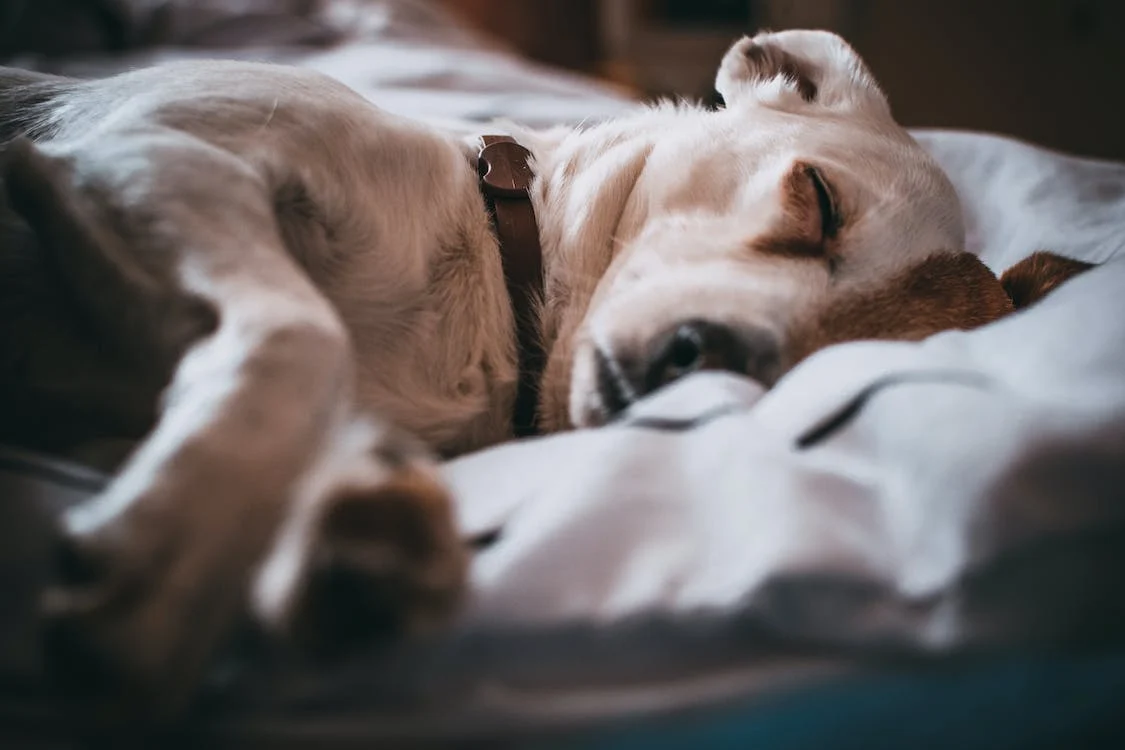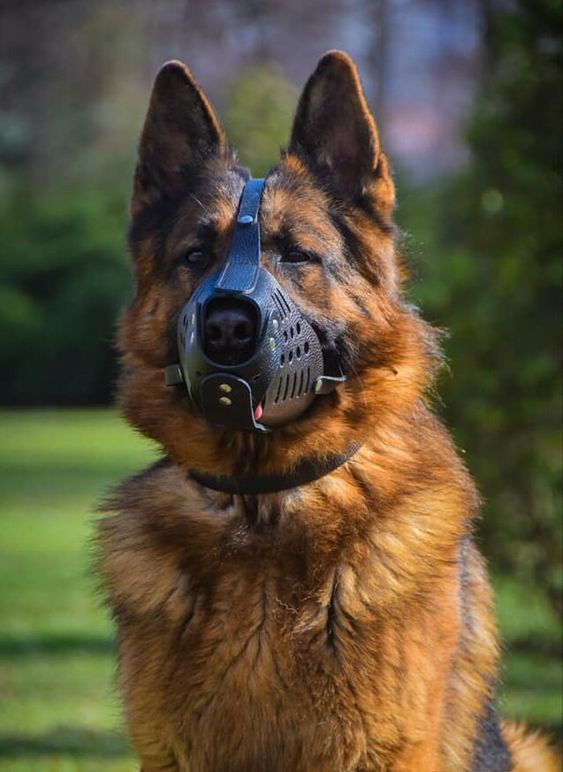You notice your dog lowering his head down towards the floor and staring intently. His eyes are focused, his body tense. Why does your pup assume this curious posture? Dog head lowering and staring can have several possible meanings to uncover.
Common Reasons Dogs Stare with Lowered Head
There are various motivations behind your dog angling his head downwards to stare. Here are some of the most common explanations for this body language:
Stalking Prey
One of the most common reasons for staring with a lowered head is prey drive. When dogs detect small animals like birds, squirrels or cats, their instinct is to drop their head down and freeze to avoid detection before chasing. The lowered head aligns their eyes, ears and nose to best track prey movement. Stillness also helps them pounce when ready. This hybrid dog breed loves to hunt.
Anticipating Food
Lowering the head to stare intently is also a common food-seeking behavior. Whether waiting for dinner or trying to score a treat, dogs often stare at their food bowls or owners with lowered heads in eager anticipation. Perking their ears forward helps detect any clues that eating time is near.
Guarding/Being Protective
Dogs may also display lowered head staring when on alert or guarding. If your dog hears an odd noise or sees a potential “threat” like a stranger approaching, lowering his head helps assess the situation and prepare to act protective. Guard dogs like German Shepherds often assume this posturing.
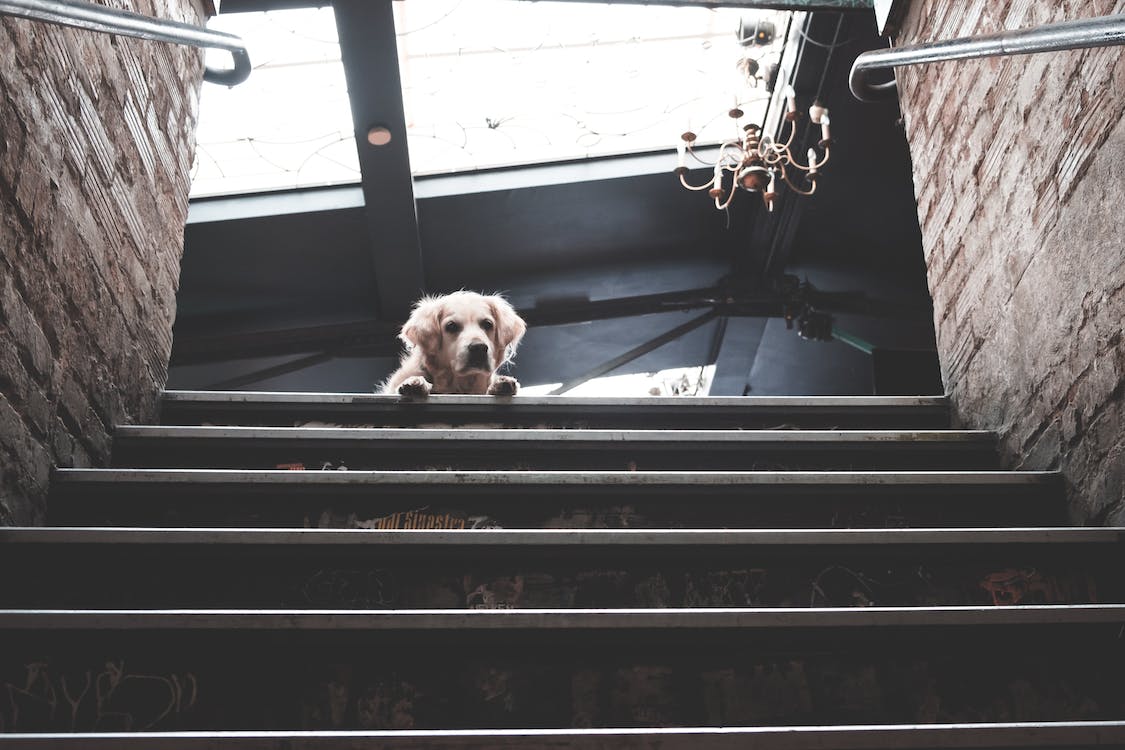
Avoiding Eye Contact
Lowering the head can also be a calming signal intended to avoid direct eye contact. If a dog feels nervous or fearful in an interaction, turning their head away can ease tension. It signals they come in peace rather than as a threat. Shy, timid and anxious pups are prone to this appeasing behavior.
Showing Respect
A lowered head can signal deference and respect to humans or other animals. When greeting an authority figure like an owner or alpha dog, turning the head down is a polite gesture. Some dogs stare at their owners adoringly with dropped heads as a sign of affection and submission.
Processing Information
Tilting the head down may also aid a dog’s concentration when processing new information and experiences. If learning a trick or puzzling through a problem, dropping the head can help focus their mind and senses.
Signs of Pain/Discomfort
Finally, a lowered staring head can indicate pain or discomfort in the mouth, neck or shoulders. Dental disease, trauma, arthritis and muscular issues can all prompt your dog to carry their head lower due to discomfort. Any changes in head carriage warrant a veterinary exam.
Now that you know the range of motivations, consider the context to decipher why your dog is lowering his head to stare in a given moment. Their eyes, ears, and body language give further insight.
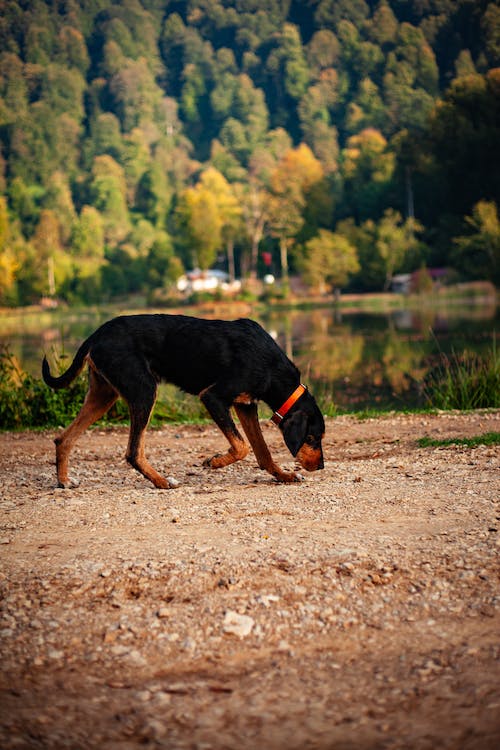
Decoding Your Dog’s Staring and Head Positioning
Beyond the basic head lowering, closely observe these visual cues to understand the intention behind your dog’s staring:
- Ears – Forward or perked suggests interest, tension; Relaxed back ears indicate calmness
- Eyes – Focused/fixed eyes mean concentrated staring; Soft, blinking eyes suggest relaxed gazing
- Tongue – Some tongue flicking denotes anxiety; Extended tongue can mean warm weather panting
- Body – Stiff, tense = ready to pounce; Relaxed, loose muscles signal calmness
- Tail – Slow wag shows curiosity; Rapid wag indicates excitement; Still tail conveys tension
- Environment – What is present? Food? Other animals? A stranger? Toys? Assess stimuli.
Knowing your dog’s baseline mannerisms helps determine when lowered head staring is routine versus unusual behavior warranting a vet visit. Puppies also commonly experiment with staring as they explore and learn about their environment during development.
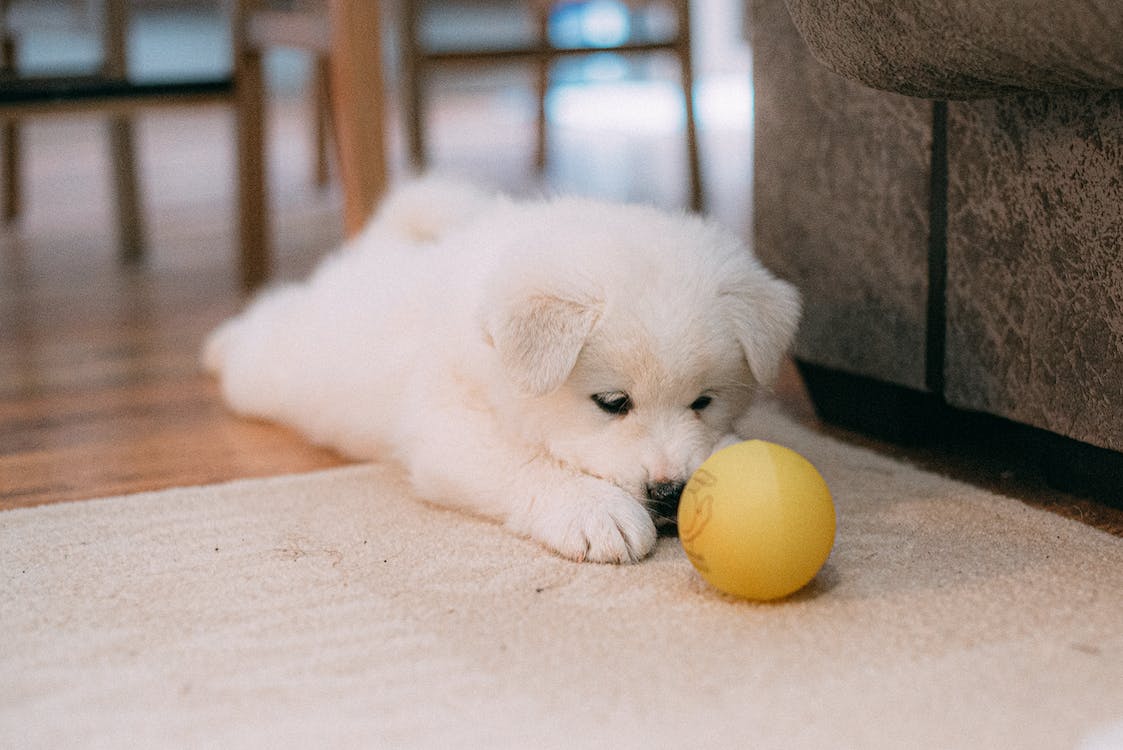
What To Do If Your Dog Excessively Stares
While functional staring is normal, excessive fixation and staring can be problematic. Here’s how to curb obsessive staring:
Refocus your dog’s attention on a positive task like a known command or fetching a toy.
Block your dog’s view by closing blinds, moving them to another room, or tethering safely away from the staring triggers.
Avoid interacting or rewarding your dog while they are staring. Walk away if needed.
Gradually re-expose your dog to whatever is triggering the staring at a distance that doesn’t elicit the behavior. Reward calm responses.
Ensure your dog gets sufficient physical and mental exercise to prevent boredom-induced staring habits.
If obsessive staring persists, seek help from a professional trainer or veterinary behaviorist. Medical issues may contribute.
With time and consistency, you can curb excessive staring while still allowing functional staring important for your dog’s health, communication, and instinctual behaviors. But if ever in doubt about your dog’s staring posture, don’t hesitate to consult your veterinarian.
Why Does My Dog Stare at Me?
Here are some common reasons dogs stare at their owners:
- Seeking attention or play.
- Begging for food.
- Guarding/being protective.
- Expressing affection.
- Trying to communicate a need.
- Processing an instruction or command.
- Indicating pain or discomfort.
Knowing your dog’s personality helps decipher their reason for staring at you specifically. Respond accordingly to reinforce or redirect the behavior.
Conclusion
When you notice your dog lowering his head and staring, take into account the context plus body language to understand the motivation. Functional staring helps dogs hunt, concentrate, convey deference, and communicate with us. But excessive staring can become problematic. With patience, you can curb obsessive staring while still allowing this normal canine behavior in moderation. As always, consult your veterinarian if your dog’s head and neck positioning seems abnormal or causes concern. By listening with both your eyes and heart, you’ll come to understand the meaning behind your good boy’s gazes.

